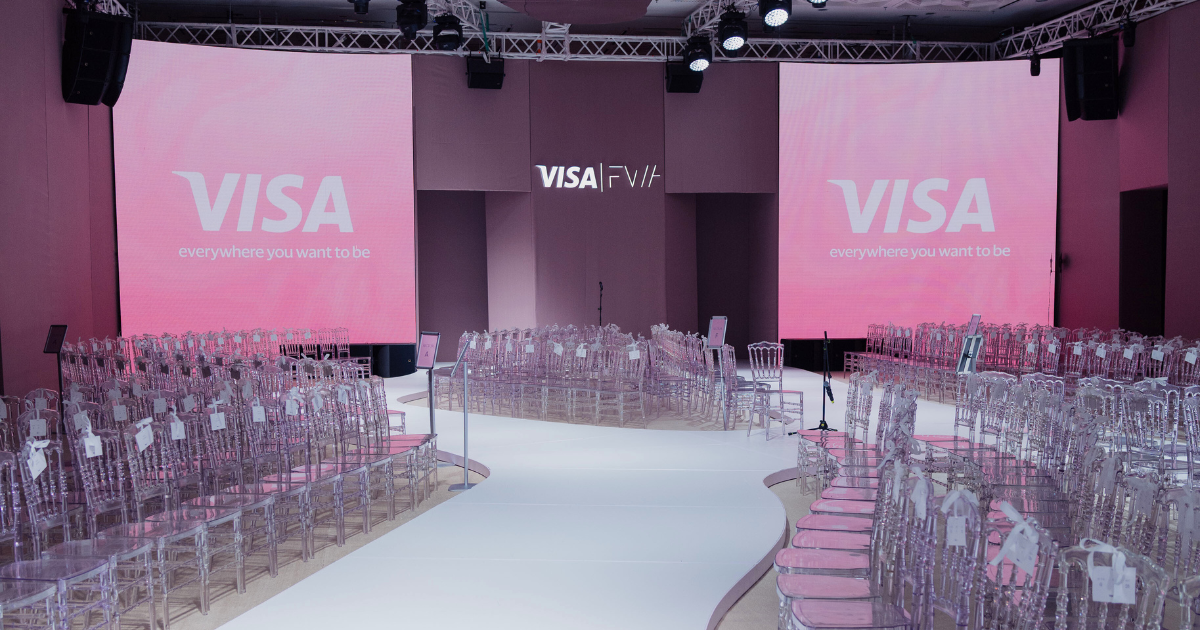Street style: outdoor fashion stories
How the streets became runways
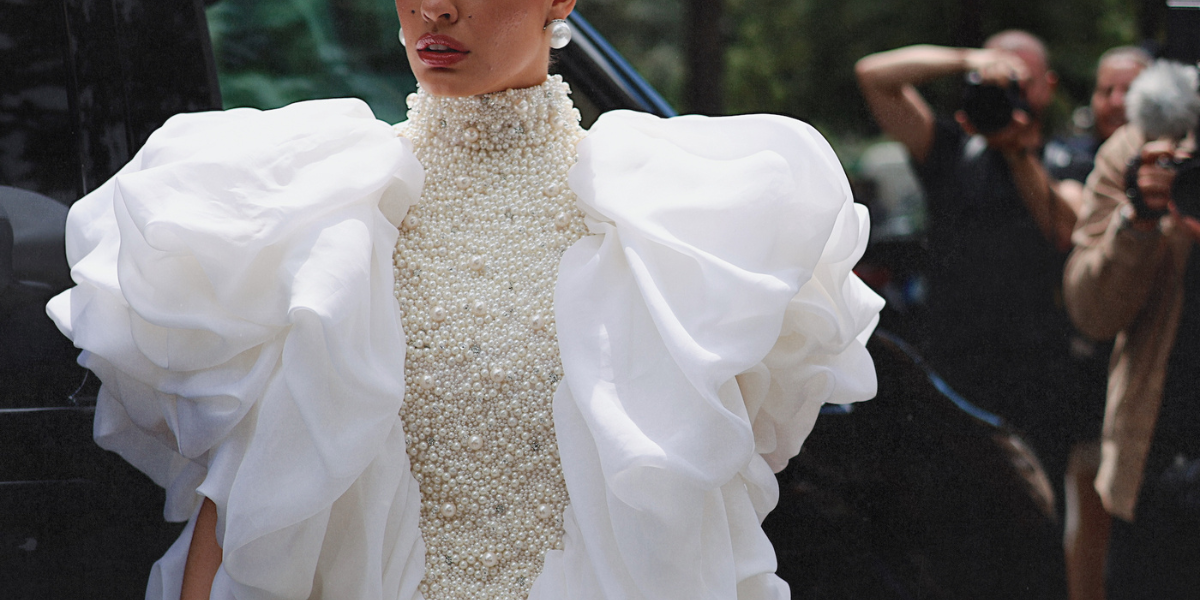
The multifaceted world of fashion often escapes the confines of the catwalk, seeking self-expression in the streets. It’s no coincidence that fashion publications look to what resonates with the public beyond the runway – after all, it’s often the boldest urban looks that spark the next big trends. Street style coverage during Fashion Weeks has become a phenomenon of its own: guests plan their outfits well in advance, practice the most photogenic poses, and hope to be featured in the most talked-about photo selections and fashion reports. But when and why did the streets become an alternative to the runway?
A bit of history
Modern street style photography can be traced back to the lens of Bill Cunningham in the late 1970s. The New York Times reporter once took to the streets of New York in search of inspiration – and began “hunting” for stylish passersby. He could not have known he was pioneering an entirely new genre of fashion photography. His images were among the first to draw the industry’s attention to the idea that real fashion lived not only on runways but also in the heart of the city.
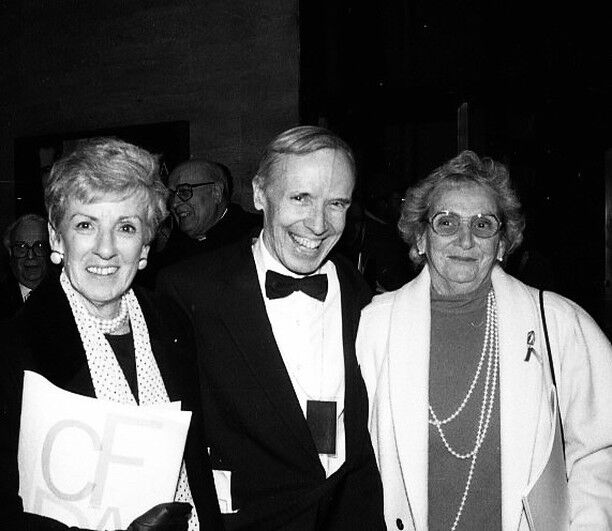
Photo: Instagram / bcunninghamfilm

Photo: Instagram / NYHistory
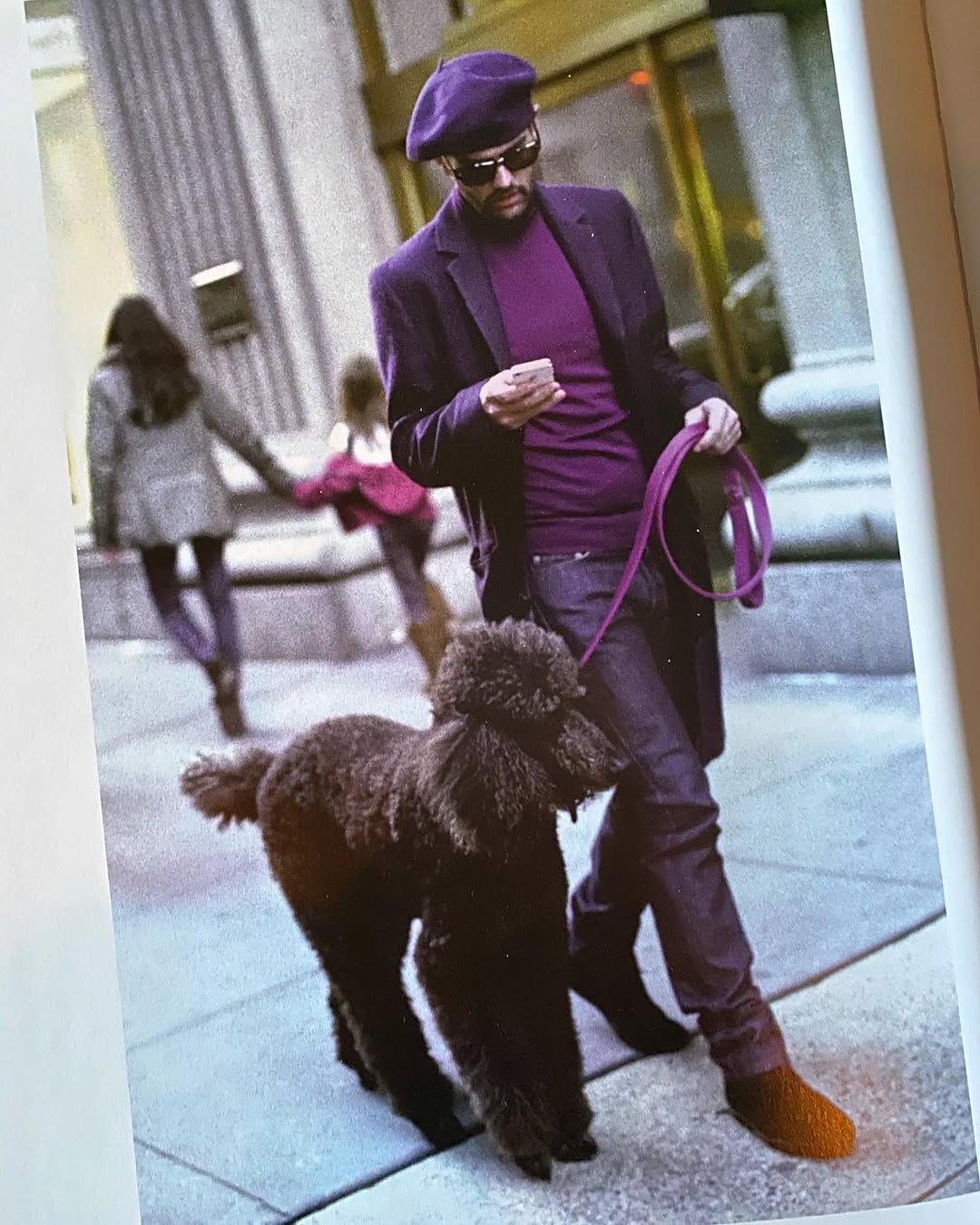
Photo: Instagram / Whowhatwhit
Yet the story of fashion on the streets started even earlier. In the early 20th century, the Seeberger brothers roamed the streets of Paris, documenting the stylish elite – capturing fashion cycles and noteworthy ensembles. At the time, runway shows were far from mainstream, but the city’s high society regularly attended horse races and other public events, where fashion photographers were invited to capture the spectacle. In fact, one could argue that street fashion as a concept predates the runway – long before the term “street style” ever existed. Still, the genre gained widespread recognition only in recent decade – thanks to photo archives, the rise of blogs, and a digital fashion culture where anyone can be the star of their own cover story.
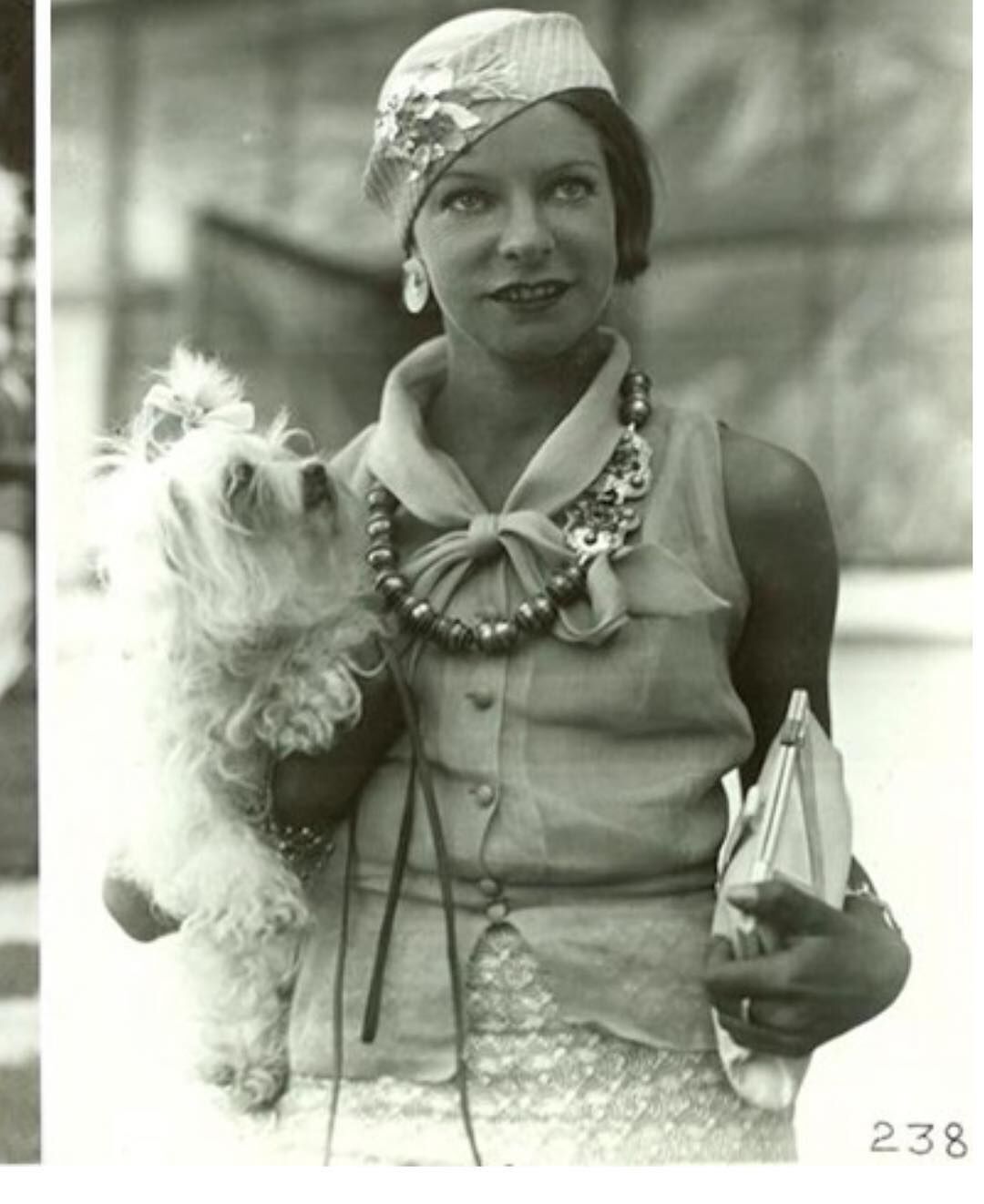
Photo: Instagram / karabakercouture
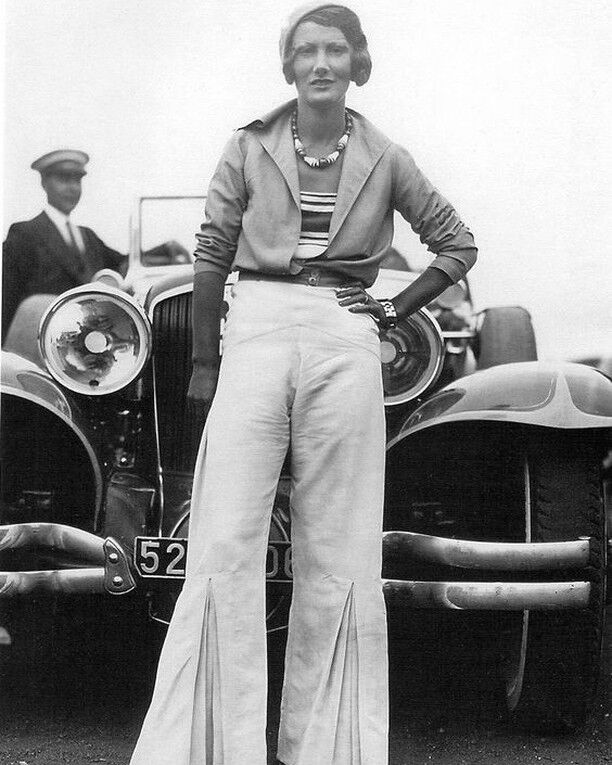
Photo: Instagram / Gemredvintage
So what is street style?
By definition, street style is a distinctive fashion genre – a means of expressing one’s personality by mixing subcultural elements with overlapping trends. Think punk boots with a romantic dress, or a vintage trench paired with the latest sneaker drop. It’s a performance of sorts: an opportunity to stage a mini-show every day that reflects your mood.
Street style is the voice of the streets – full of contrasting tones: rebellion and dreams, flashes of boldness and nostalgic echoes of the past, local heritage and global influences. It serves as a vital counterpoint to what the fashion industry dictates.
Современное значение уличной моды
In today’s digital world, society demands more diversity and a faster pace of ideas – so much so that no single designer can keep up with the evolving visual landscape. Blogs, hashtags, and influencers now lead the street style conversation, defining what truly resonates in the moment. Thanks to Instagram and TikTok, fashion has become interactive: anyone with a knack for mixing pieces can become a street style star – regardless of city, budget, or follower count.
During Fashion Weeks, street style has grown into an event in its own right. Crowds gather outside show venues, and photographers hunt for the most original looks – not just celebrities. Their lenses are drawn to anyone who can surprise with their combinations.

Photo: Natali Irzhavska

Photo: Natali Irzhavska

Photo: Natali Irzhavska

Photo: Natali Irzhavska
These sidewalk runways now serve as a kind of prologue to the main shows – a visual warm-up where future trends begin to take shape. Ironically, it’s the streets that increasingly dictate to the runway what the next season will look like.


